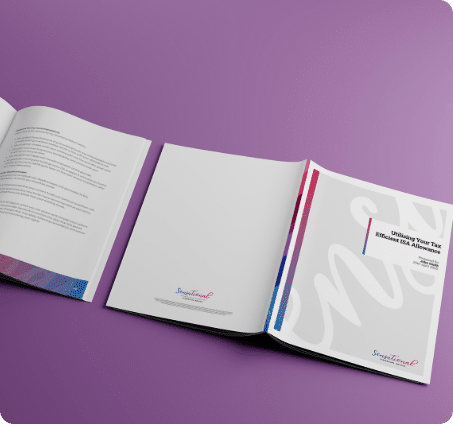MiFID II tightened the regulations around how firms deal with conflicts of interest. Firms must manage conflicts, not merely disclose them. Disclosure of a conflict of interest is a measure of last resort that should only be used where the organisational and administrative arrangements established by the firm to prevent or manage its conflicts of interest are not sufficient to ensure, with reasonable confidence, that the risks of damage to the interests of the client will be prevented.
The FCA has made it clear that over-reliance on disclosure will be a strong indication that a firm’s conflicts of interest policy is deficient and inadequate.
Disclosure being a last resort means that firms are expected to do everything possible to actually prevent and manage the conflicts.
Evidence from recent discussions about contingent charging, which we believe will be revisited in the impending FCA RDR/FAMR review, shows that regulatory scrutiny in this area is set to rise.
What is a conflict of interest?
A conflict of interest occurs when the interests of a client are at odds with the interests of the firm, an employee or another client.
Examples
With the upcoming FCA review in relation to RDR & FAMR implementation, ATEB believes that conflicts of interest could well raise its head again – especially the issue of contingent charging, which is unlikely to go away.
As such, ATEB believes that now is a good time for firms to review their conflict of interest policies and ensure that ALL conflicts have been identified, whether actual or potential.
Here are some examples to start the brain juices flowing:
- Business is not charity – a primary driver for being in business is to generate revenue and profit from the provision of advice and other services to its clients – right? Of course, and there is nothing wrong with that, but firms need to have the right controls in place to manage the conflict between the interests of the business and the interests of clients.
- A significant proportion of many firms’ revenue derives from replacement business. If we had our FCA hats on, we would say that the risk with this business model is shoe-horning – switching the client’s investments when it’s not necessary, merely in order to generate a fee. So, what are your controls in relation to replacement business? Do they ensure good customer outcomes every time?
- Investment due diligence/research – are you clear that the investment solutions you recommend are clearly compatible with the profile of your clients? Have you set out why your proposition is right for the client (as opposed to right for the firm’s business objectives)? The FCA’s concerns around Centralised Investment Propositions and replacement business have been well publicised. There is potential for conflict of interest between the benefits to the firm and the benefits / costs to the client – for example in the use of platforms. Have you documented why your proposition is right for your clients and can evidence that you have monitored its compatibility on an ongoing basis?
- Client communications that are unclear can result in clients choosing services or products that are not appropriate for them. How do you ensure that all your communications are clear, fair and not misleading? What controls do you have in place?
- Are your suitability reports clear fair and not misleading? Are they truly client specific and focused on the client’s best interest? Do they present the advice in a balanced manner? Or are reports ‘one size fits all’ indicating a risk of formulaic and factory line advice?
- We know from recent FCA findings around disclosure that clients are not always made aware of all fees associated with an investment at outset, or at point of sale. Or that fees are not always clearly presented clearly so that the client can readily understand. Does your fee model, or disclosure material and process, create any potential conflict?
- Complaints – are you confident that client complaints are properly recognised.







New Content Integration with Pacific Asset Management
Doug McFarlane Suitability 2025, Content Integration, content management, EU, FCA, Integration, Investment, ML, Pacific, Pacific Asset Management, PI, Update
We have some exciting news on the latest upgrade to ATEB Suitability on 9 April 2025. This update comes at no additional cost and provides a new addition to our content integration library. We have partnered with Pacific Asset Management to provide our customer firms with access to the following: A description of their service […]